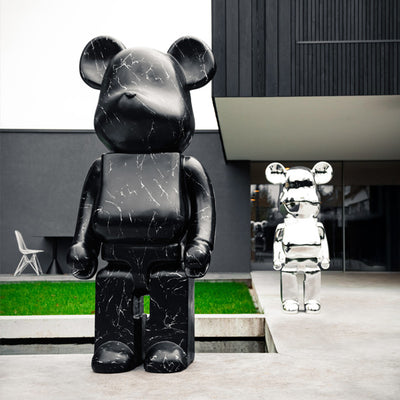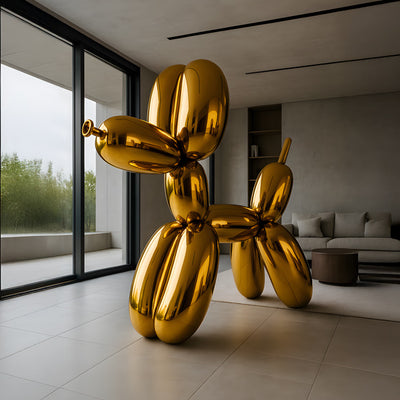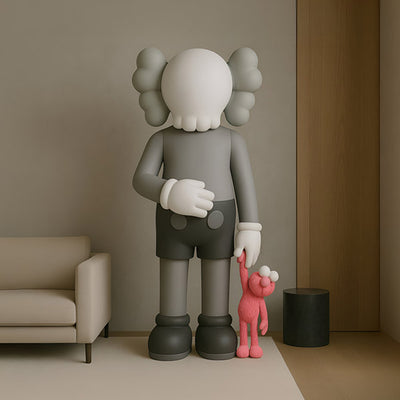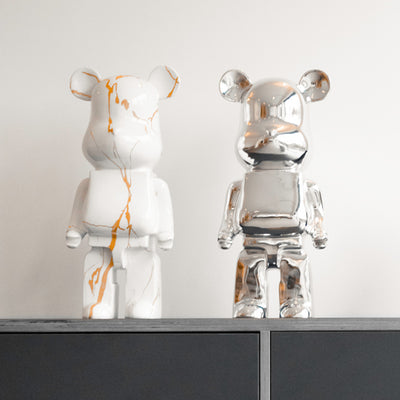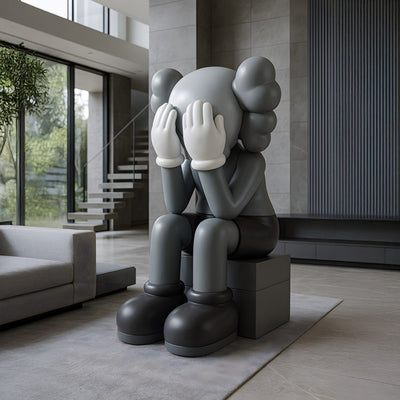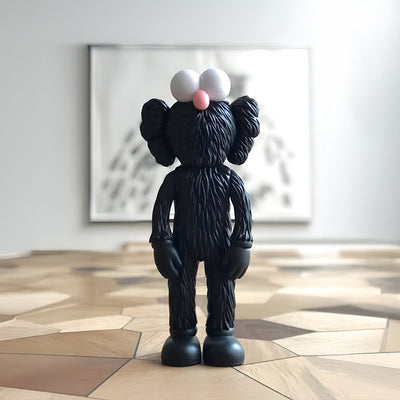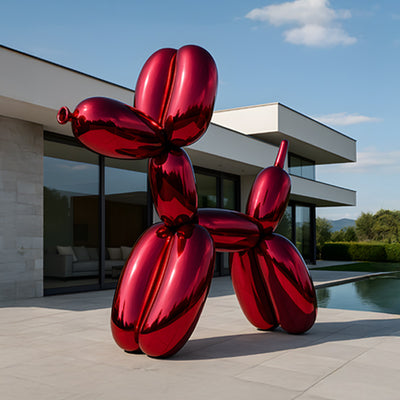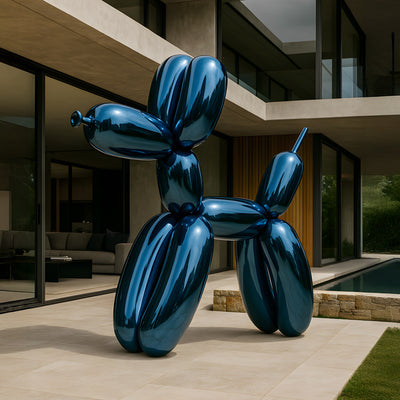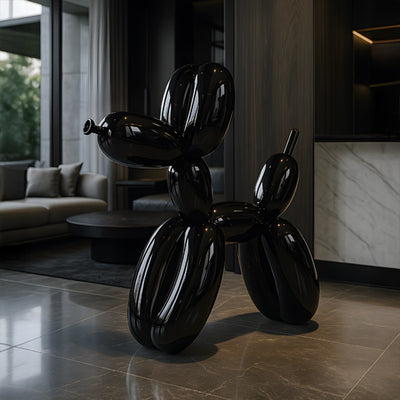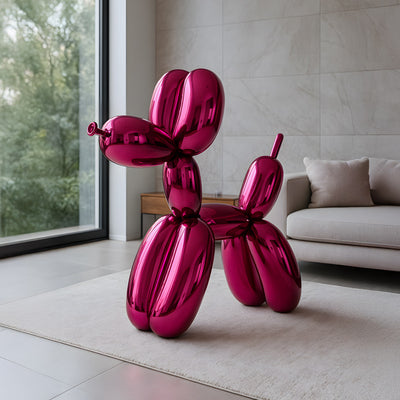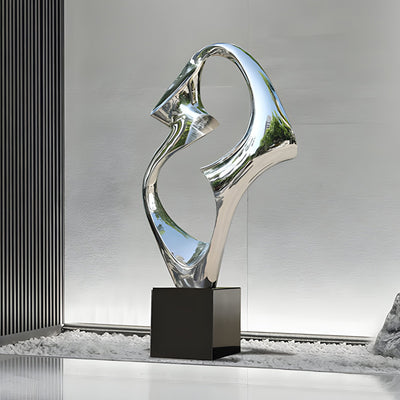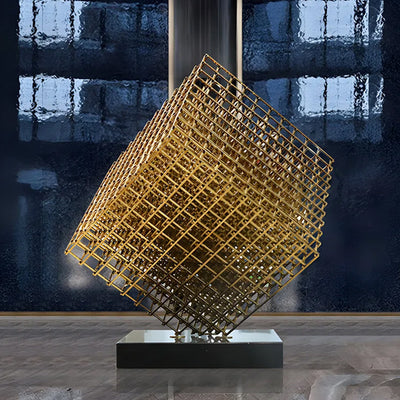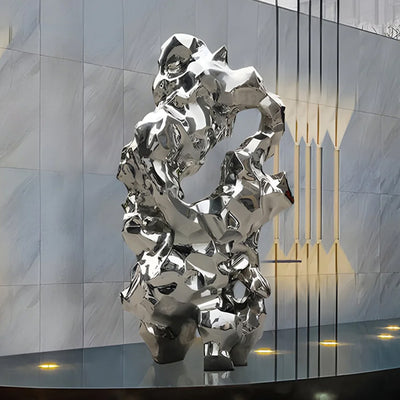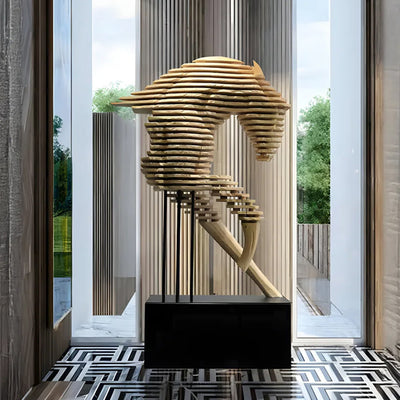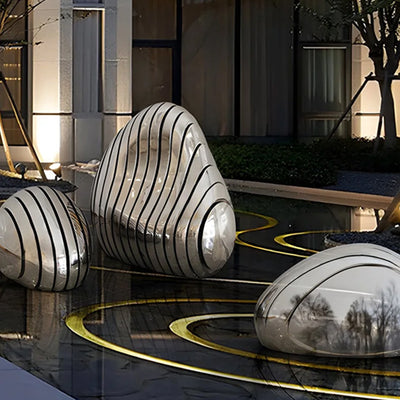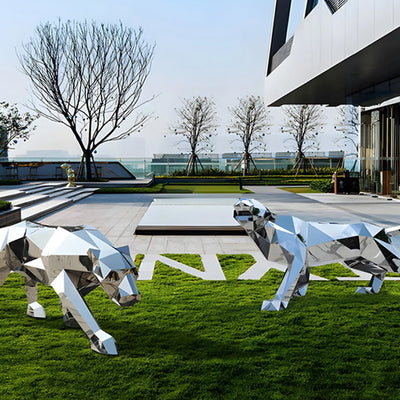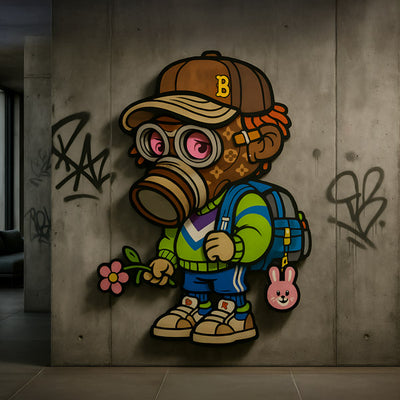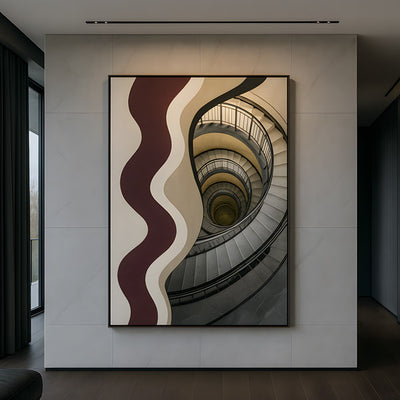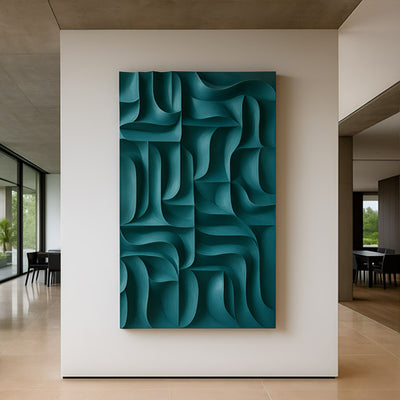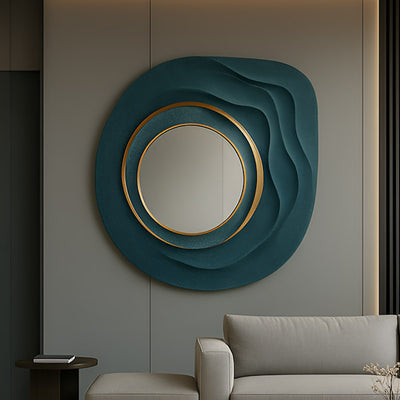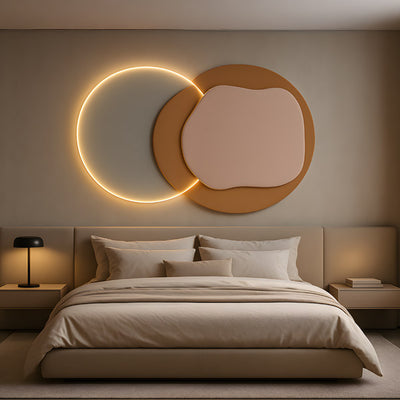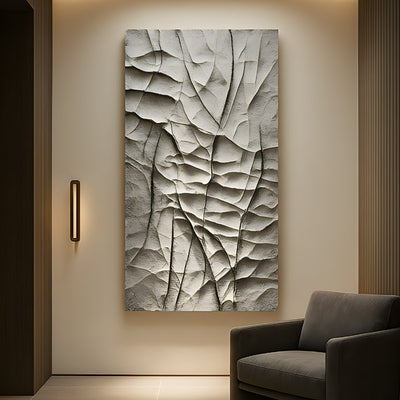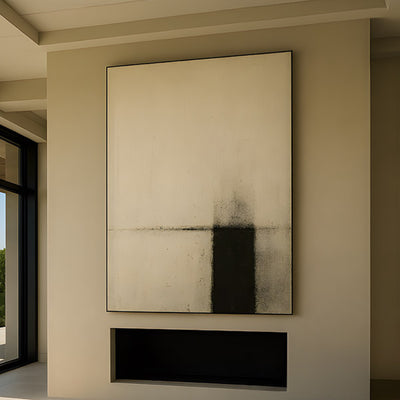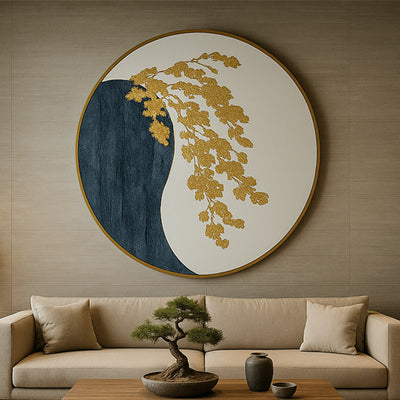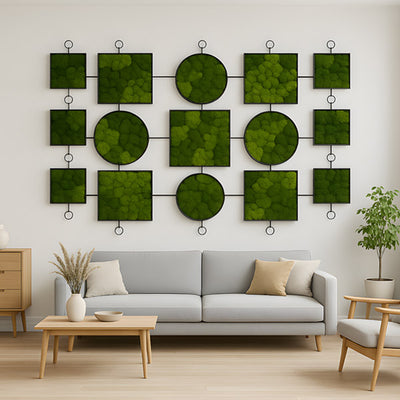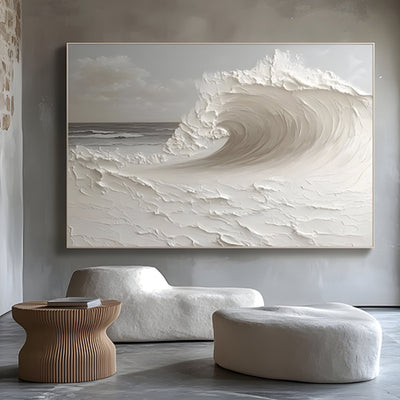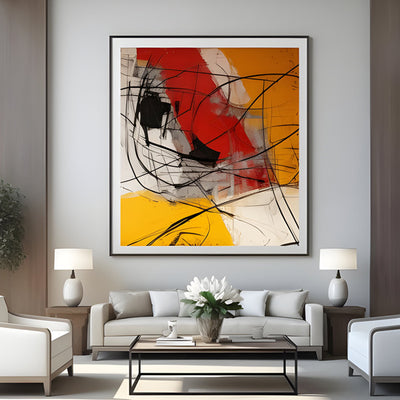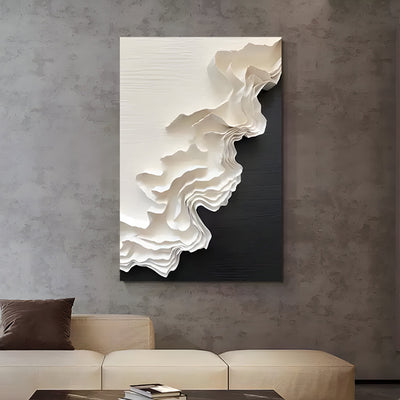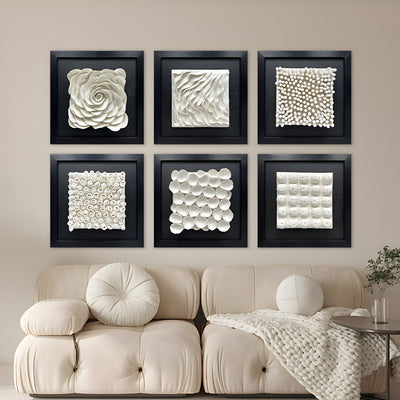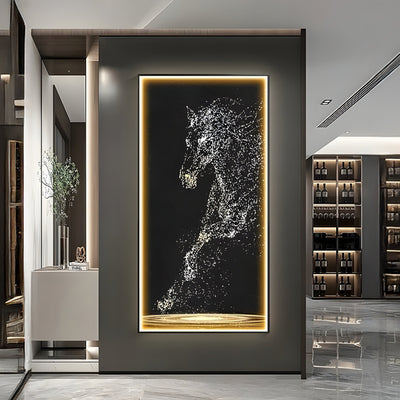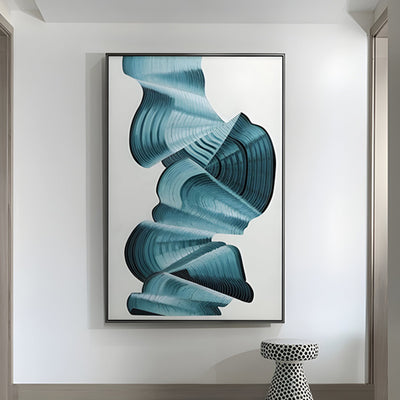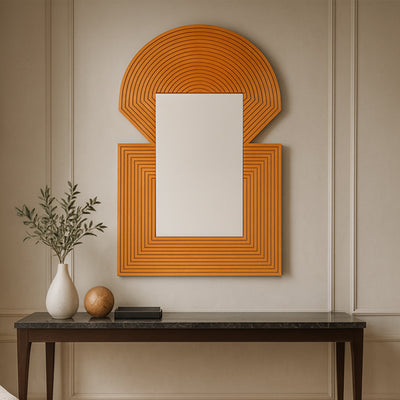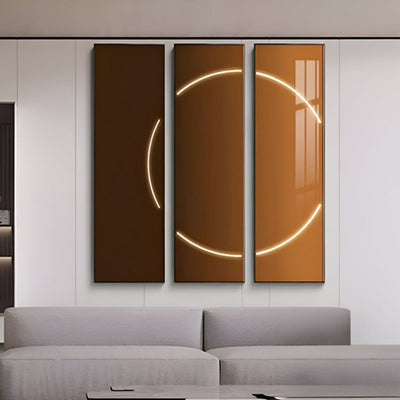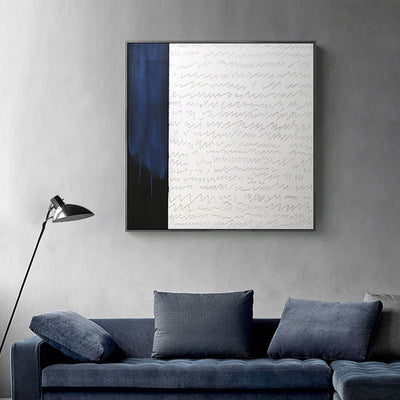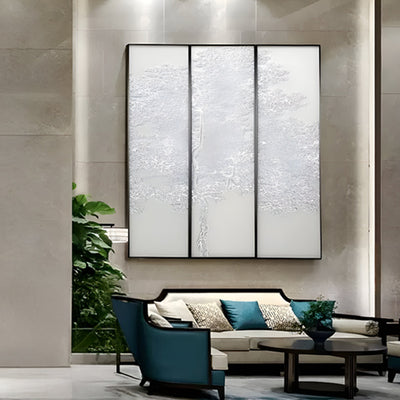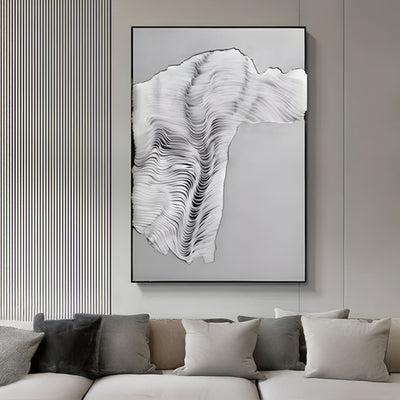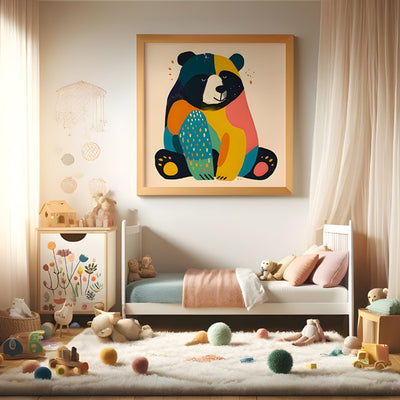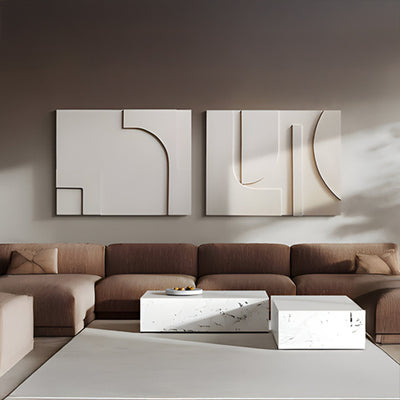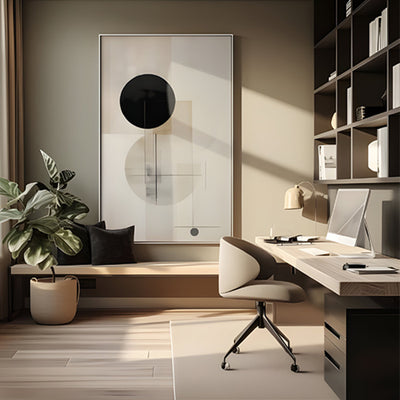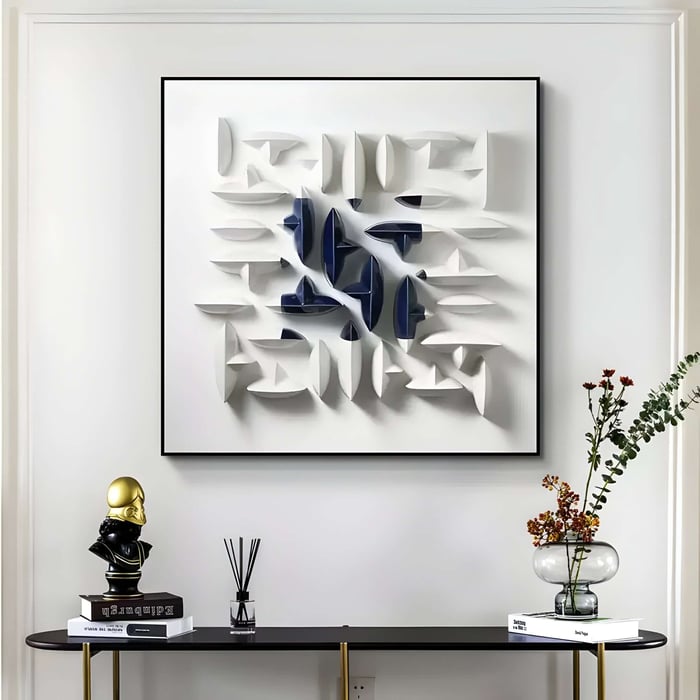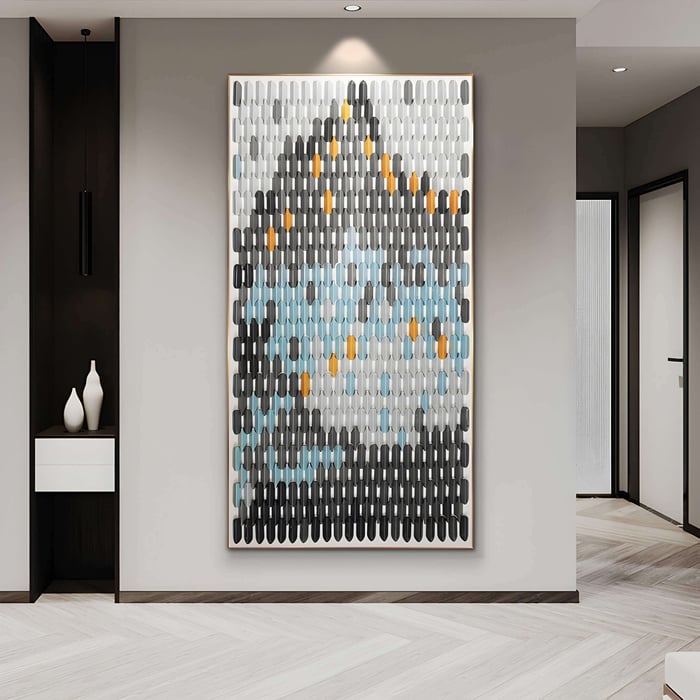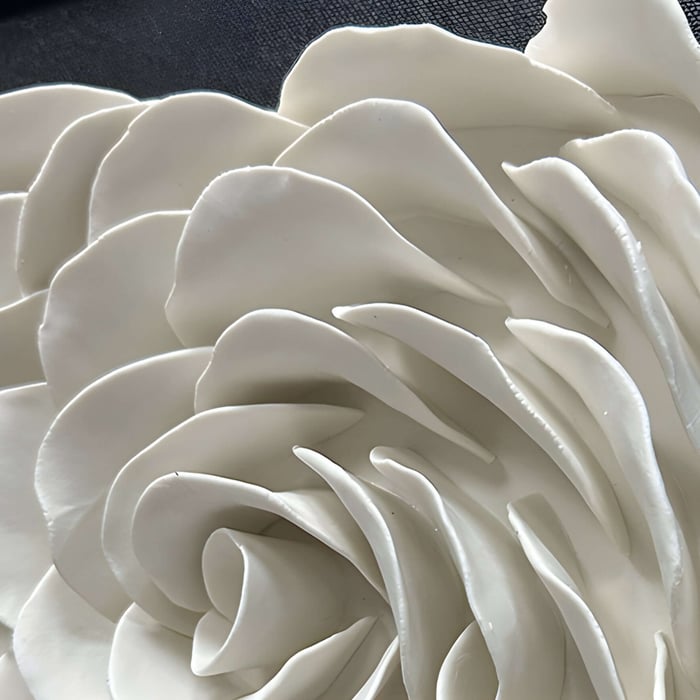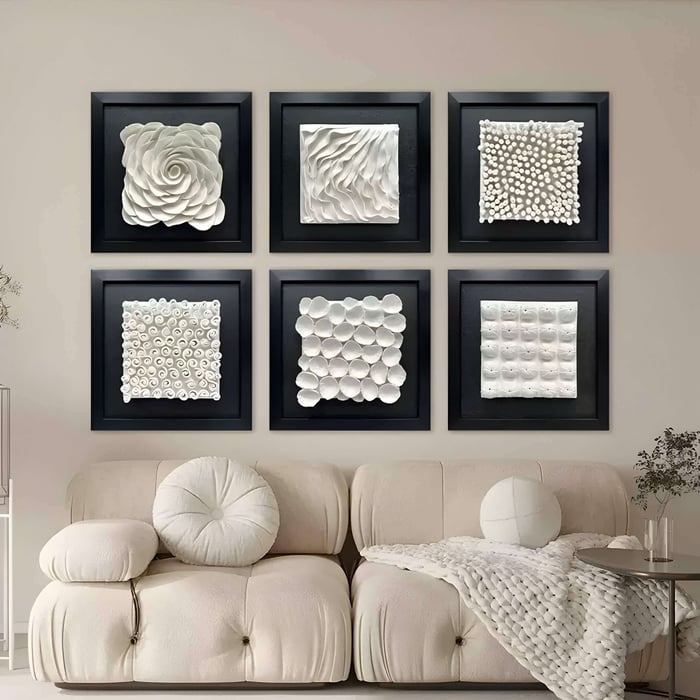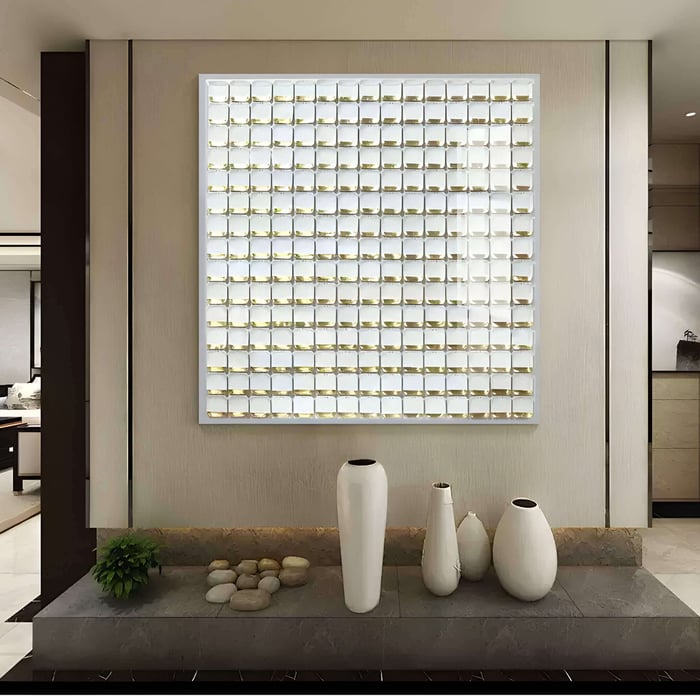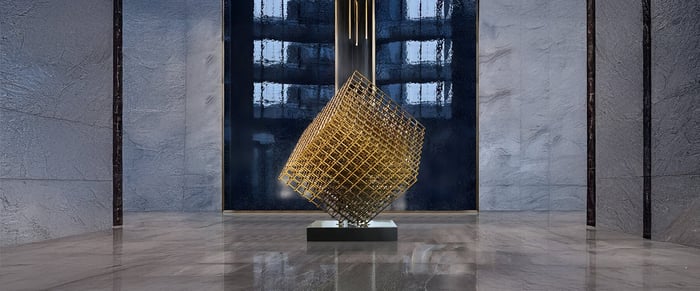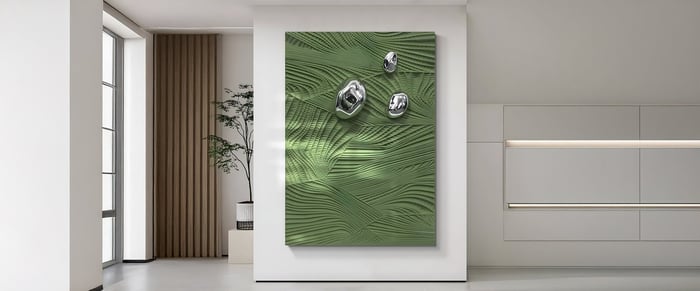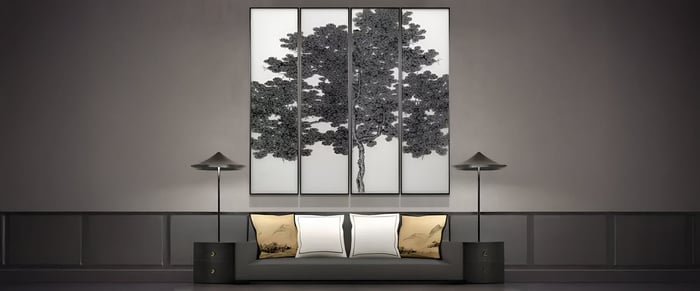Ceramic art holds a special place in the art world, fusing tradition with innovation to create pieces that reflect the natural world. This article explores how nature inspires these handcrafted works to capture the essence of organic beauty. We’ll define what this form of creative pottery is and explain how nature influences both contemporary and traditional creations. Along the way, you’ll discover the materials, techniques, and creative processes that transform raw clays into stunning, nature-inspired pieces. Whether you are an art enthusiast or someone looking to enhance your home decor, this exploration of ceramic wall art, eco-friendly pottery, and handcrafted pieces offers a unique glimpse into the fusion of art and nature.
The Intersection of Nature and Ceramic Art
Nature has long been a muse for artists, and this handcrafted artworks is no exception. Natural forms, textures, and colours provide a rich source of inspiration that artists transform into striking ceramic pieces.
Nature as a Muse
Many ceramic artists find inspiration in the organic patterns and unpredictable beauty of nature. The irregular curves of a river stone, the intricate details of a leaf, and the vibrant hues of a sunset can all be translated into expressive works. Artists often incorporate botanical motifs and landscape art works into their work, creating pieces that feel alive and connected to the earth. The influence of nature is evident in every aspect, from the smooth finish of a pottery bowl to the textured surfaces of sculptural wall art.
Historical and Cultural Perspectives
Historically, ancient civilizations revered natural materials and the beauty of the natural world, often using natural clays and pigments to create artworks that celebrated their environment. From Greek and Roman pottery to Asian ceramic traditions, nature-inspired ceramics have always been part of cultural heritage. Modern artists continue this legacy by blending traditional techniques with contemporary design, producing sustainable ceramics that honour age-old practices while embracing new creative ideas.
Materials and Techniques: Capturing Earth’s Organic Beauty
The journey from natural clay to a finished piece of ceramic art involves a blend of tradition and innovation. Artists utilise a variety of materials and methods to mimic nature’s organic forms and earthy hues.
Natural Materials
At the heart of every piece lies the material itself. Natural clays provide the foundation for these artworks, offering a raw, unrefined texture that artists cherish. These clays are often complemented by glazes that mimic the colours of the earth, from muted terracotta to deep forest greens. Earthy colours are a recurring theme in nature-inspired ceramics, lending a sense of authenticity and warmth to each piece.
Techniques & Processes
The techniques employed in ceramic art forms are as diverse as the artists who practice them. Hand-building methods allow for the creation of one-of-a-kind, handcrafted art pieces that reflect the artist’s unique vision. Techniques such as coiling, slab-building, and sculpting enable the formation of organic shapes that are reminiscent of natural structures. Glazing and firing methods, including traditional kiln firing and innovative raku techniques, bring out the texture and depth of the piece, adding layers of detail that celebrate nature’s complexity.
Sustainable Practices
Eco-friendly pottery and sustainable ceramics are becoming increasingly important in today’s art scene. Many artists now source natural clays locally and use sustainable practices to minimise environmental impact. By embracing eco-friendly methods, these creators not only pay homage to the environment but also contribute to a more sustainable future. These practices resonate with collectors who value environmentally responsible art that also boasts exceptional craftsmanship.
For more on sustainable ceramics, check out articles from Ceramics Monthly.
Showcasing Nature-Inspired Ceramic Art Pieces
Pieces that draws inspiration from nature often stands out through its use of organic shapes, earthy colours, and intricate details. Let’s explore some standout pieces that capture the essence of the natural world.
Organic Shapes and Fluid Forms
Many nature-inspired works mimic the asymmetrical and flowing forms found in nature. Sculptures that resemble river rocks or the gentle curves of a leaf often exude a sense of calm and natural elegance. These pieces remind us of the fluidity found in natural landscapes, blending modern art with organic design.
Earthy Colours and Textural Details
The colour palette of nature is a rich tapestry of earthy tones, think soft browns, deep greens, and muted oranges. Artists use these hues to create pieces that are both soothing and striking. The use of textured surfaces further enhances the tactile experience, inviting the viewer to not only admire the visual beauty but also to appreciate the intricate details that mimic the feel of nature.
Incorporation of Botanical and Fauna Motifs
Elements of flora and fauna frequently appear in these works, celebrating the delicate balance of the natural world. Botanical motifs, such as vines, flowers, and leaves, are common in ceramic wall art, adding a touch of the outdoors to any setting. In addition, some pieces feature representations of animals or abstract forms inspired by wildlife, merging natural beauty with modern design elements like geometric art.
Case Studies/Examples
Consider the work of contemporary artists who blend traditional techniques with modern innovation. For instance, some collections feature sculptural art with delicate floral patterns that seem to have been plucked straight from a wild garden, while others showcase bold, abstract forms that reinterpret the landscape in a new light. These collections are not only visually stunning but also serve as a testament to the evolving nature of ceramic art.
The Creative Process: How Artists Translate Nature into Clay Creations
Understanding the creative journey behind nature-inspired ceramics provides valuable insights into the artistic process. This process is a blend of observation, experimentation, and technical skill.
Inspiration and Concept Development
Artists begin by immersing themselves in nature. Whether through travel, sketching in a garden, or simply observing the world around them, nature often serves as the initial spark of inspiration. Observing the interplay of light and shadow, the subtle variations in texture, and the dynamic colours of natural scenes helps artists develop concepts that are both authentic and innovative.
Design and Experimentation
Once the initial inspiration has been captured, artists move on to the design phase. Sketching and modelling are crucial steps that allow them to experiment with different forms and structures. Some artists favour geometric art techniques to create precise, modern interpretations of natural shapes, while others prefer a more fluid, freeform approach that emphasises organic art. Experimentation during this phase often involves testing various glazing techniques and firing methods to determine the best way to bring the concept to life.
Execution and Firing
The final phase of the creative process involves executing the design and firing the piece in a kiln. The firing process is pivotal in ceramic art, as it not only hardens the material but also enhances the final appearance of the piece. Techniques such as raku or high-temperature firing can result in unique surface effects that further echo the unpredictable beauty of nature. This technical stage is where the artist’s vision is fully realised, transforming raw, natural clays into a finished piece that resonates with life and movement.
For more details on the artistic process, you might find resources on Ceramic Arts Network particularly useful.
Conclusion: Embracing Nature Through Ceramic Art
The world of nature-inspired clay creations opens up a realm where creativity meets the organic beauty of the earth. Through the skilful use of natural materials, innovative techniques, and sustainable practices, artists transform raw clays into masterpieces that capture the essence of nature. These artworks not only enhance interior spaces but also invite viewers to experience the calming and transformative power of nature.
As you explore the diverse realm of these artworks, from intricate ceramic wall art to bold, nature-inspired designs, consider how each piece offers a unique narrative of craftsmanship, vision, and organic beauty. Discover the beauty and depth of ceramic art by visiting the collection at Giant Sculptures, where you can explore and purchase exquisite ceramic art pieces that capture Earth’s organic beauty.
Embrace the creative fusion of nature and ceramic art, and let these stunning pieces transform your walls into a haven of natural elegance and artistic inspiration.

